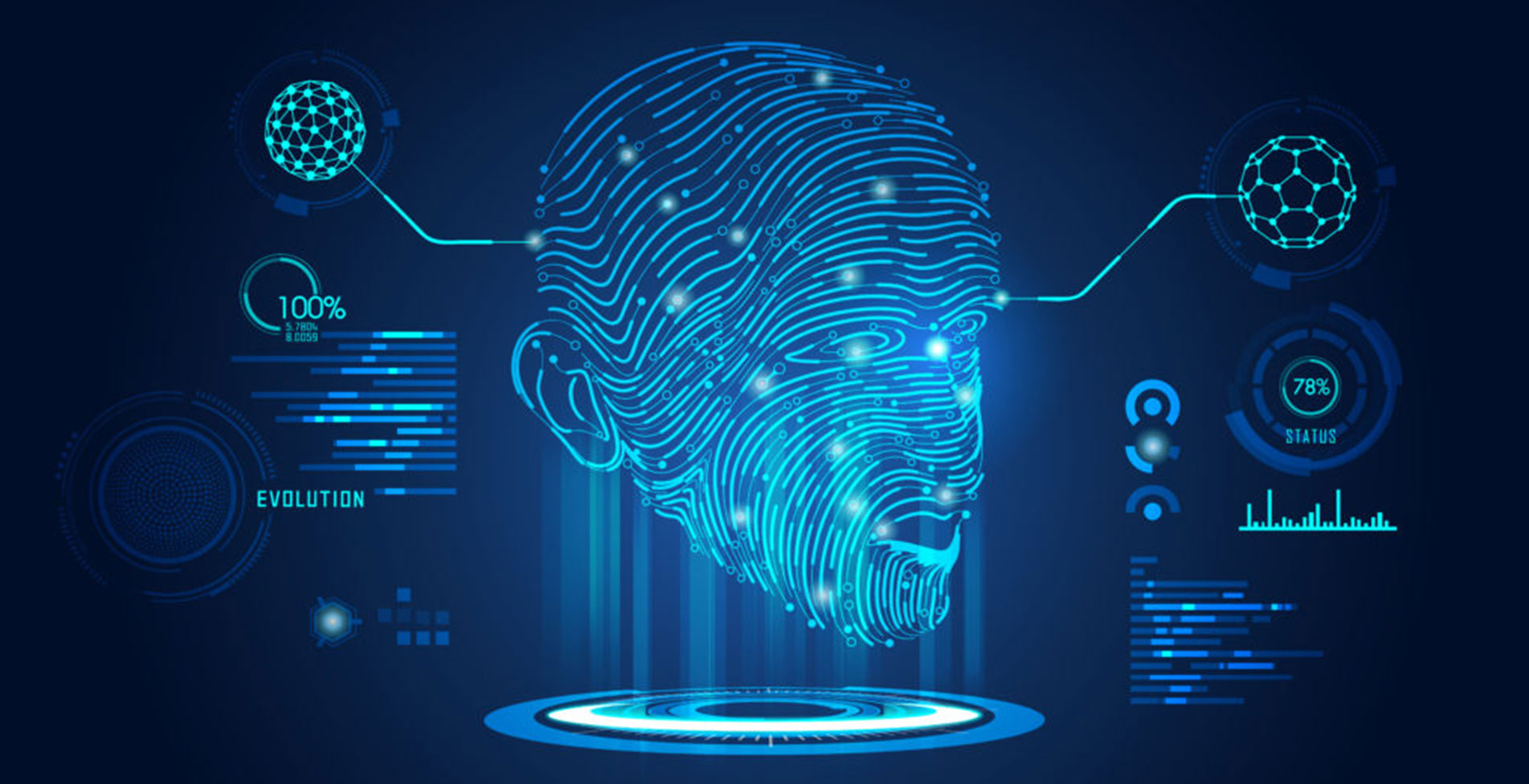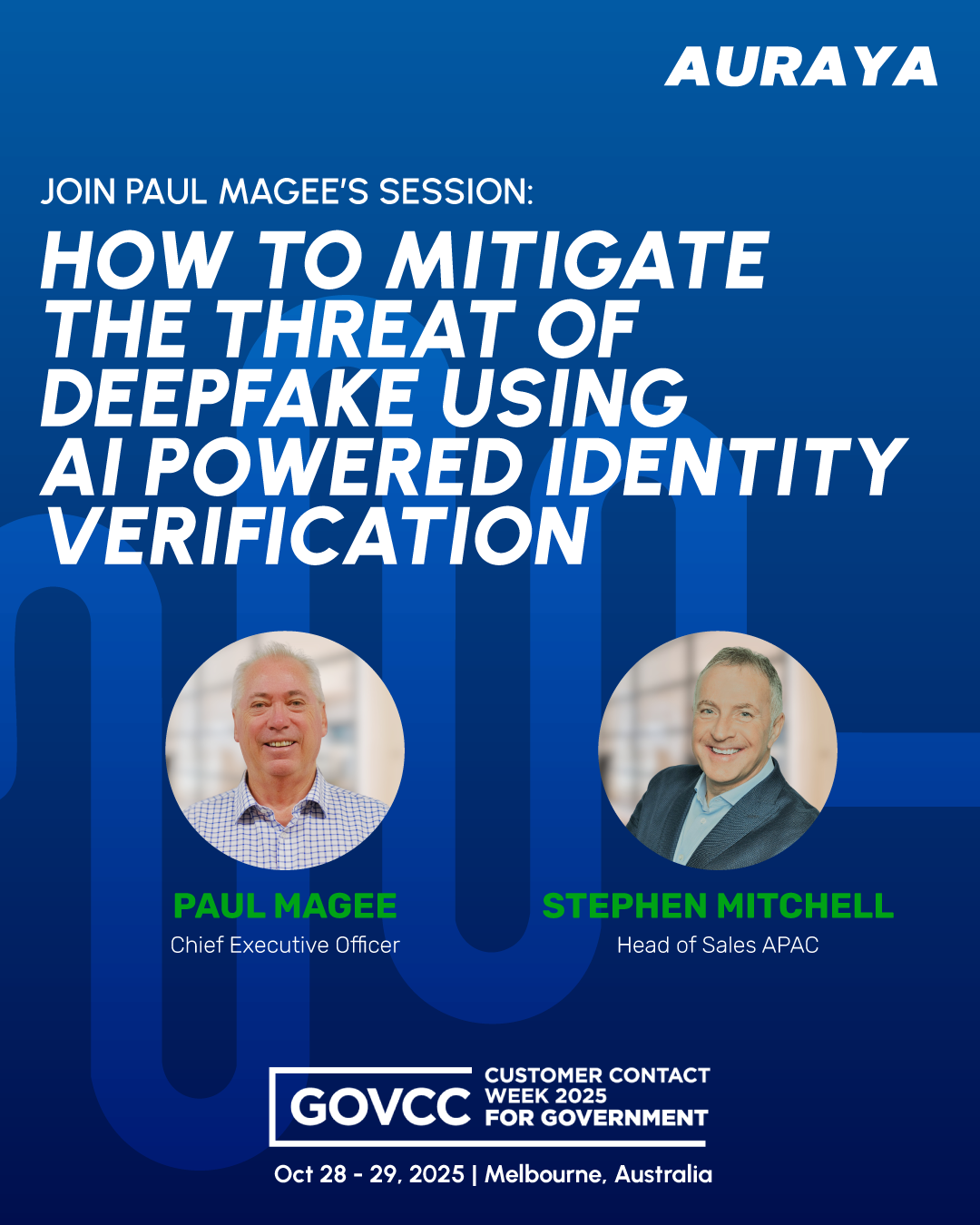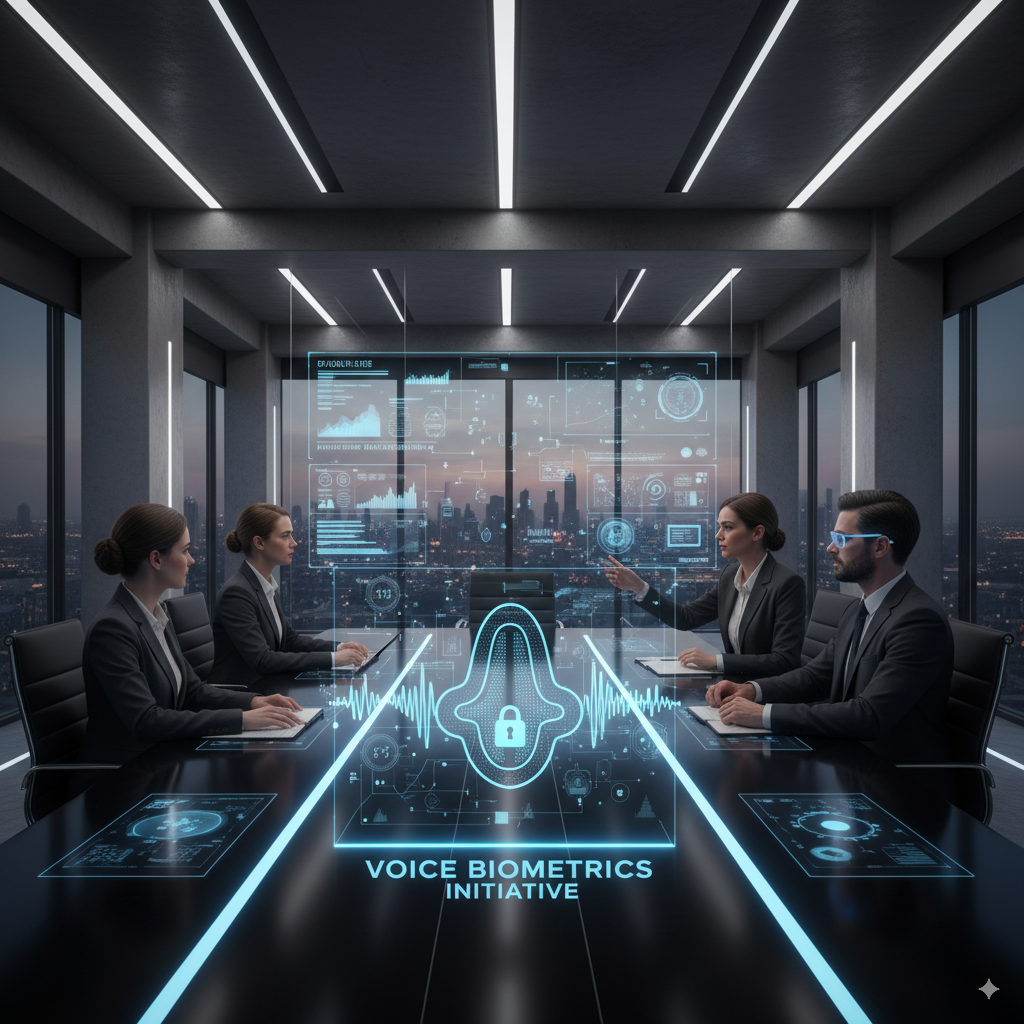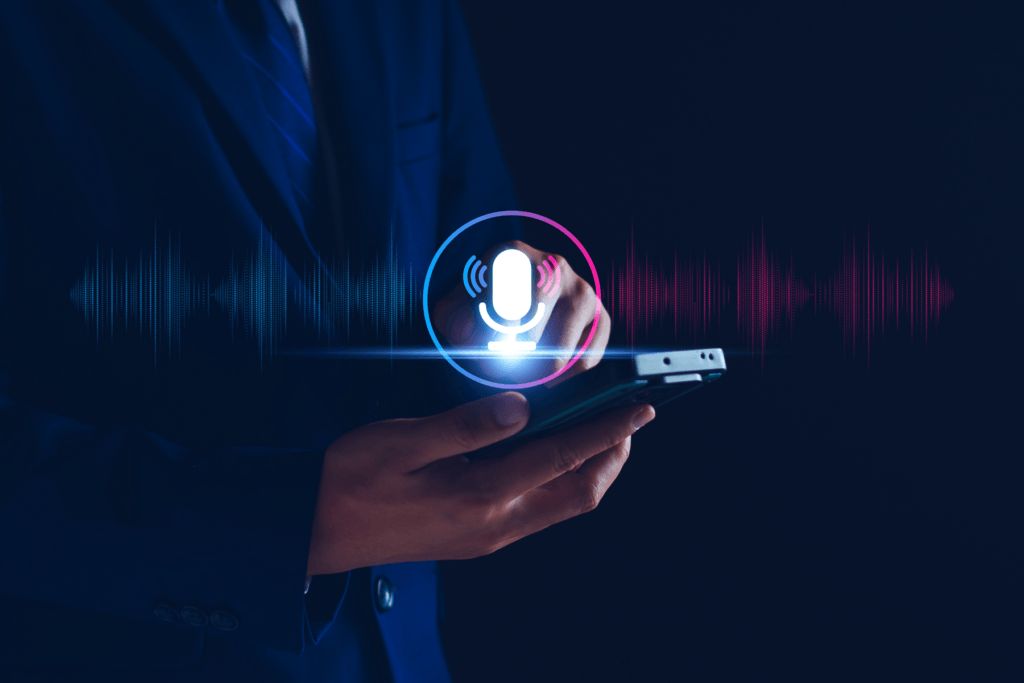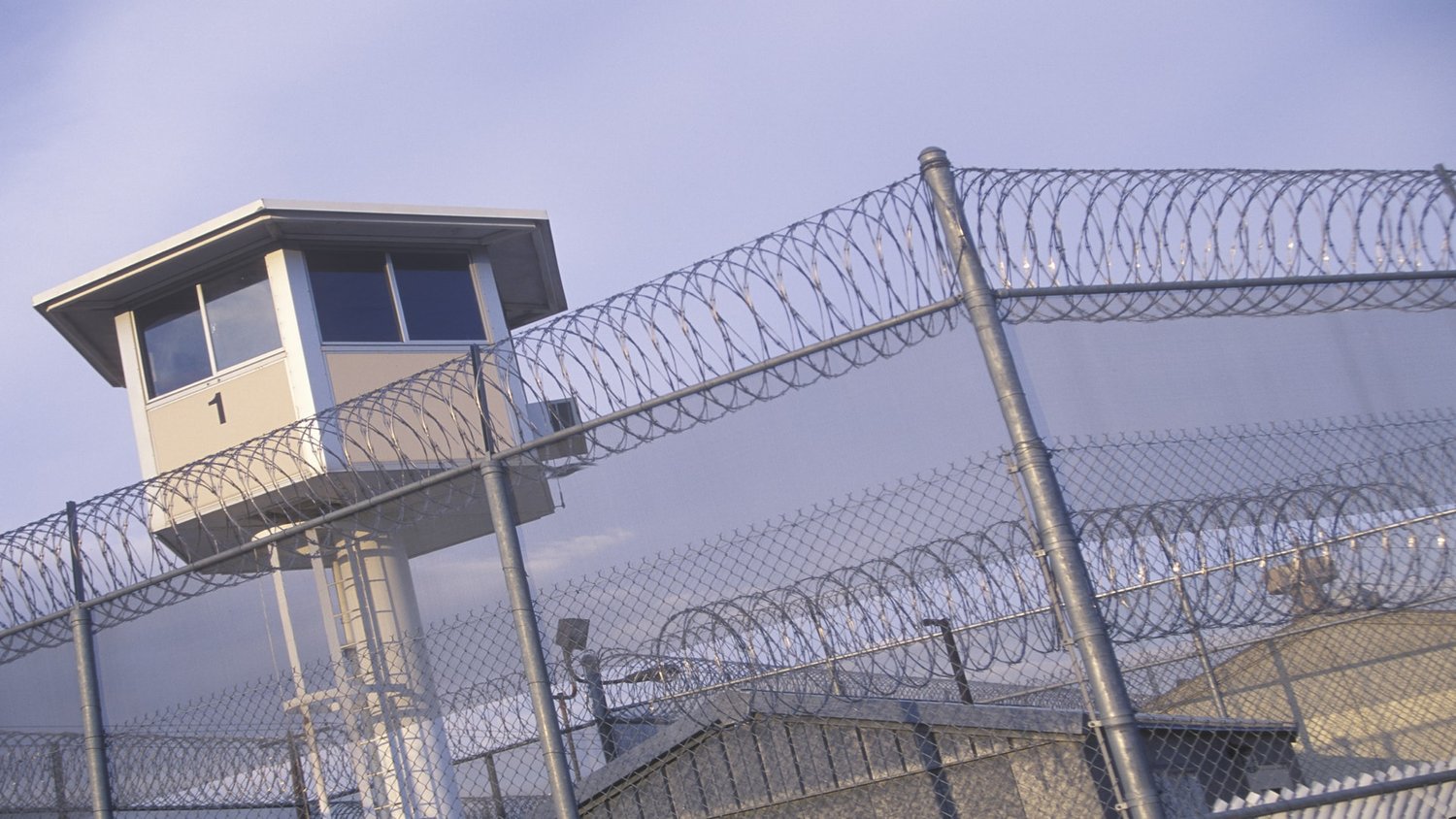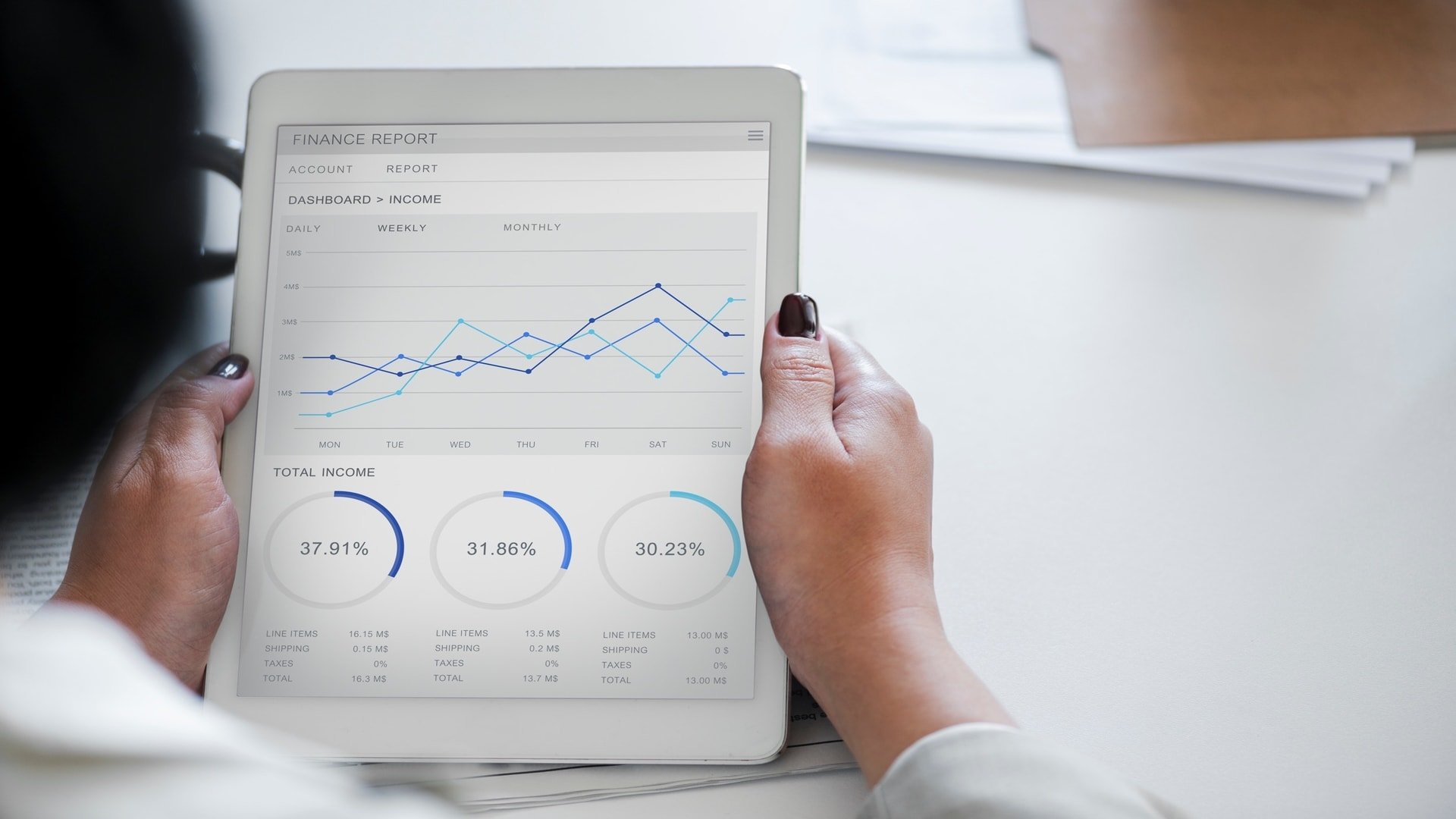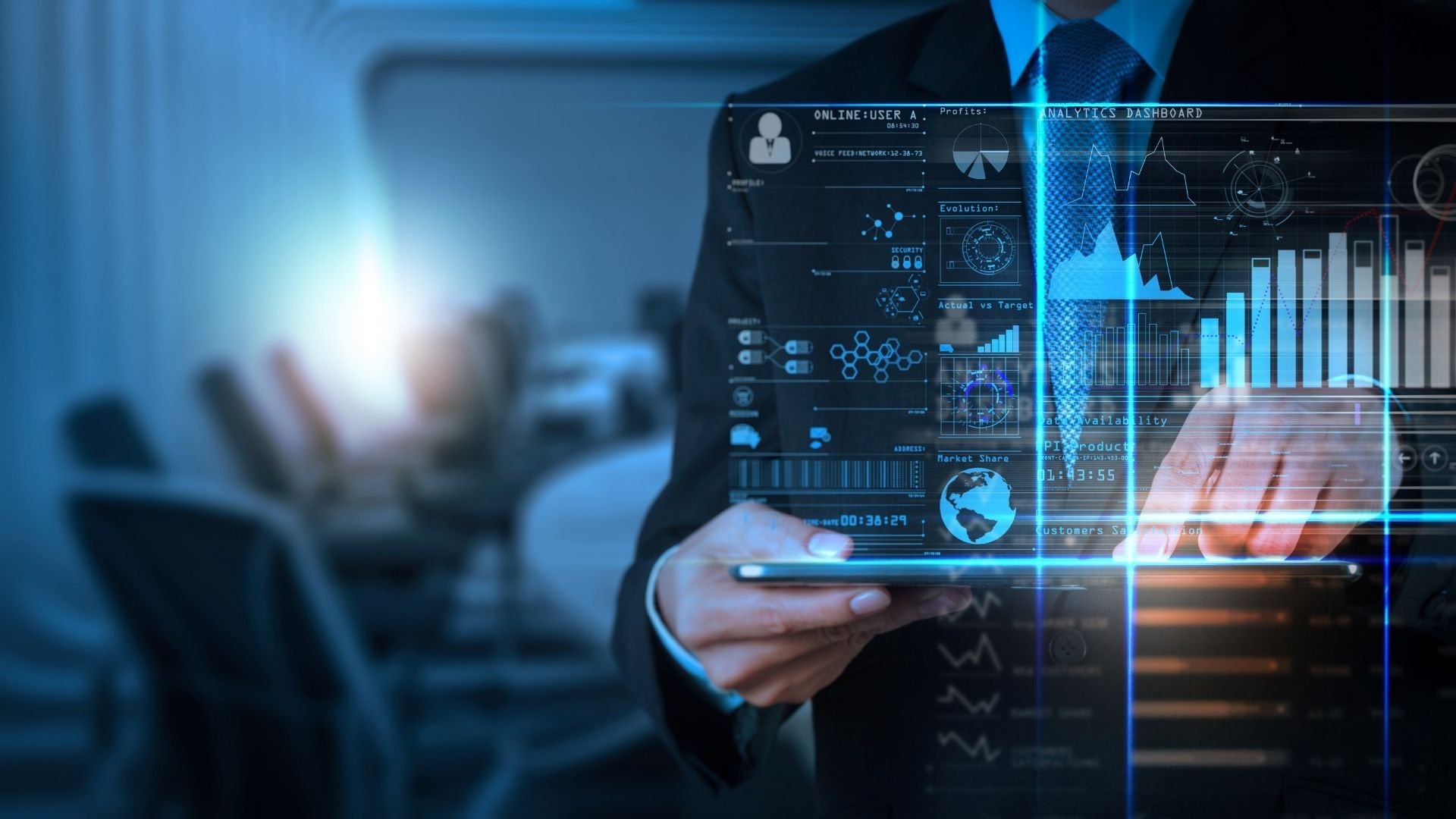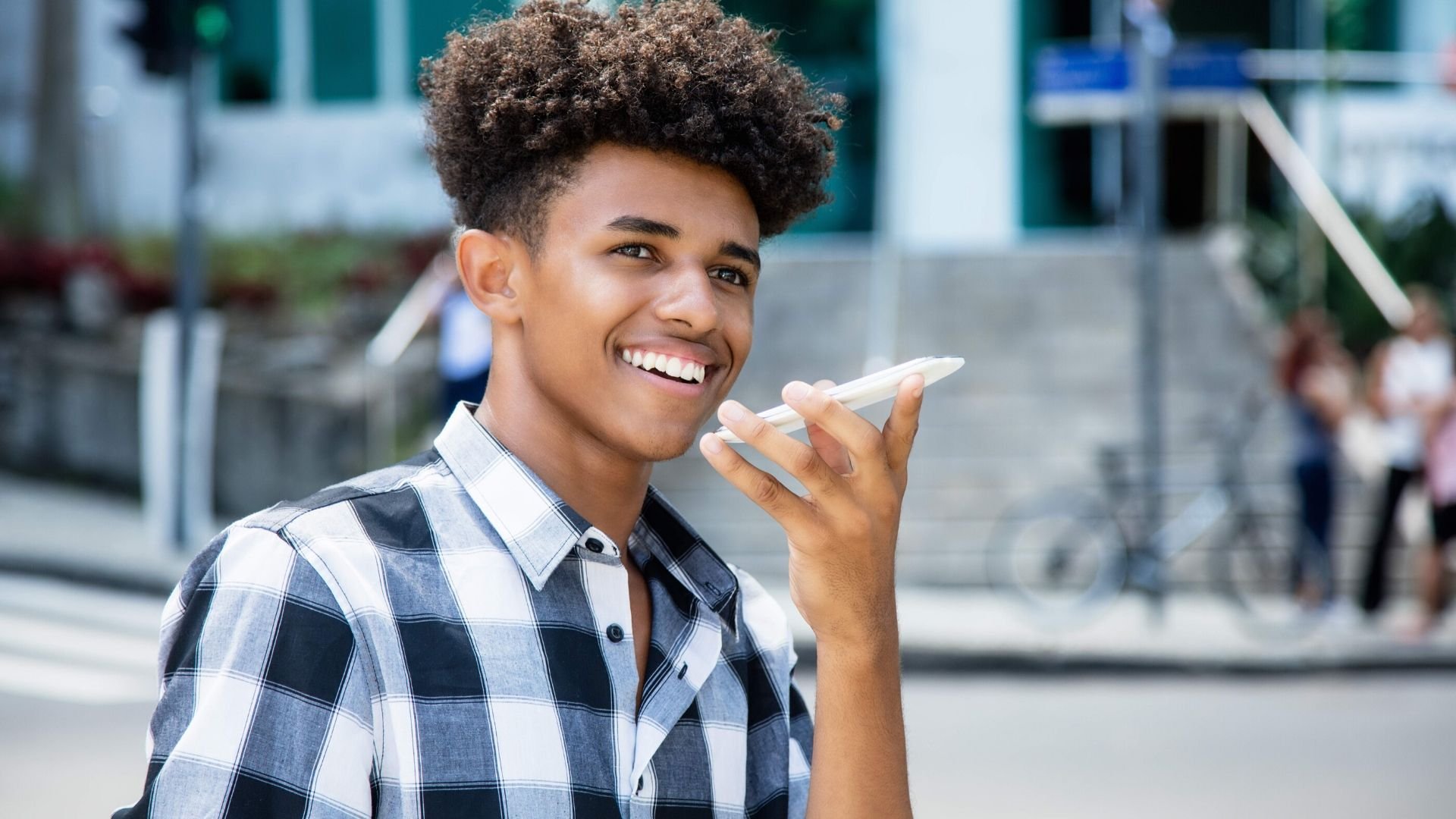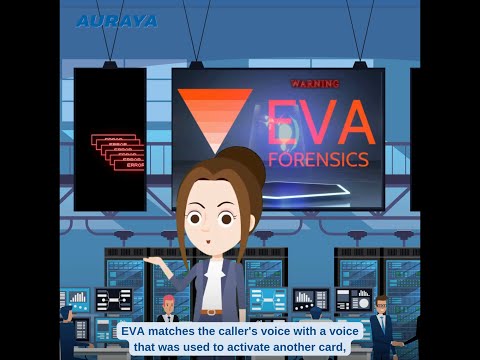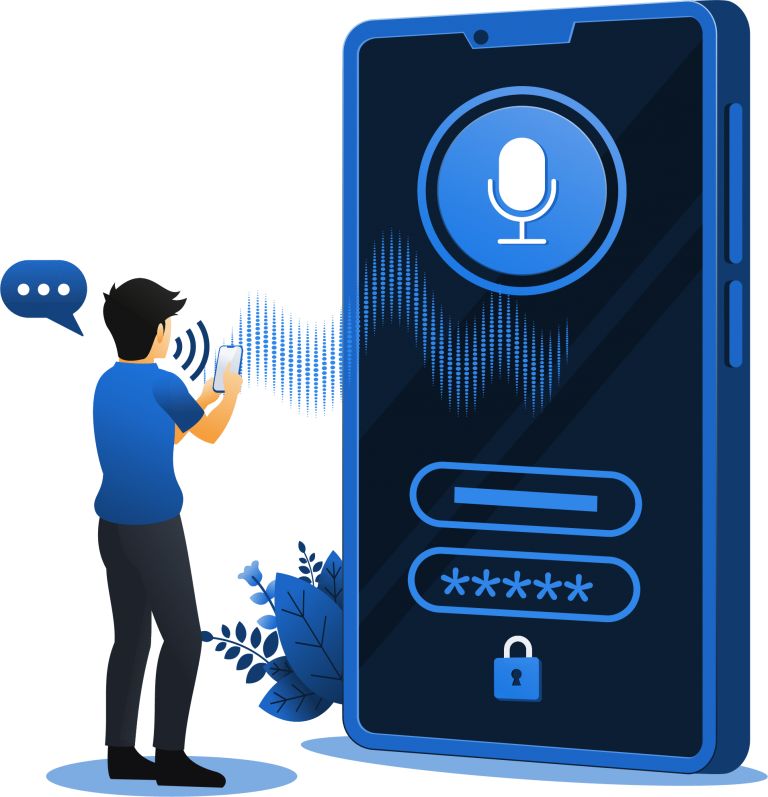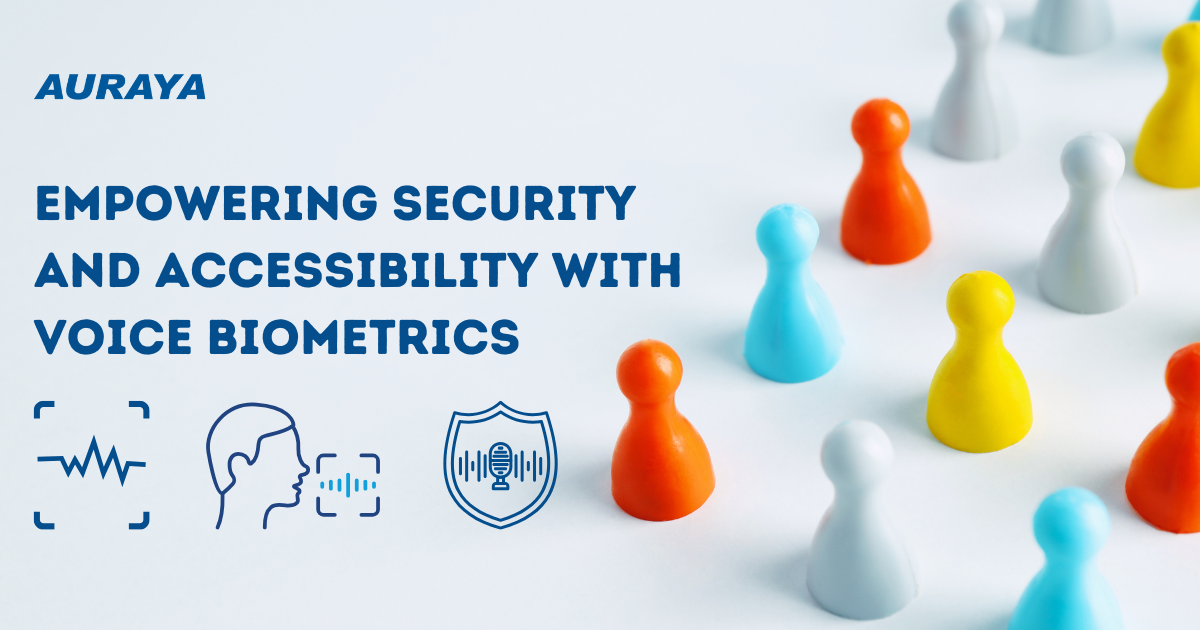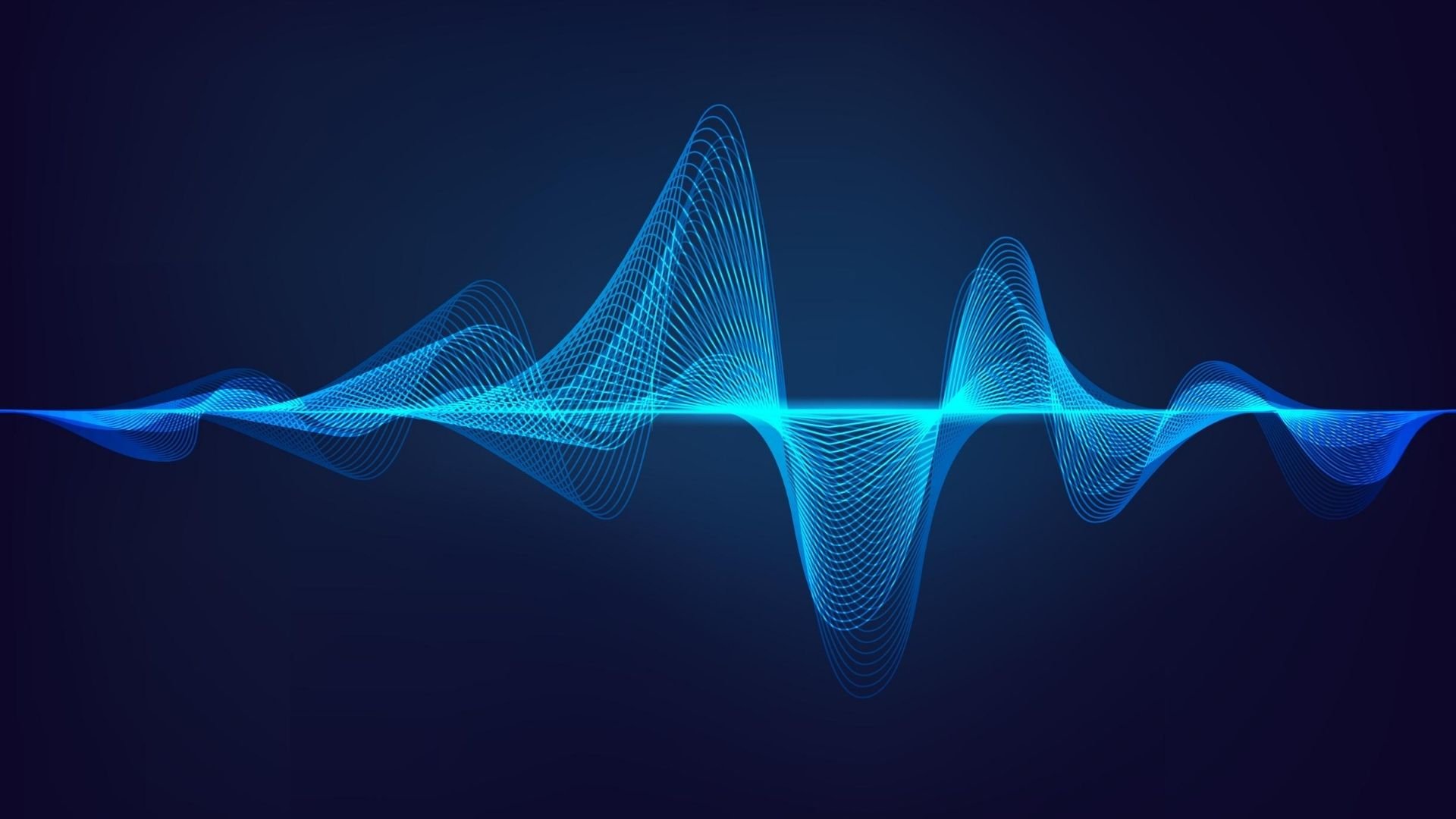Artificial intelligence has brought remarkable advancements, but it has also given rise to new and dangerous forms of fraud. One of the fastest-growing threats is deepfake fraud or deepfake voice technology. With just a few seconds of recorded audio, criminals can now create convincing synthetic voices that sound almost identical to the real person.
These AI-generated voices are already being used in scams where fraudsters impersonate business executives, government officials, or even family members to deceive victims. The results can be costly, both financially and emotionally. To defend against this emerging threat, organizations need security that is as advanced as the technology being used by criminals. This is where voice biometrics becomes a powerful safeguard.
What is Deepfake Voice Fraud?
Deepfake voice fraud occurs when criminals use AI to clone someone’s voice and use it for impersonation. With this technology, a scammer can:
- Pretend to be a bank official and trick customers into transferring money.
- Imitate a company executive to approve fraudulent financial transactions.
- Call family members while sounding like a relative in distress, requesting urgent help.
Because the voice sounds so real, victims often trust it without question. This makes deepfake fraud especially dangerous compared to older scams.
Why Deepfake Voices Are Hard to Detect
For the human ear, distinguishing between a real voice and a synthetic one is becoming nearly impossible. The technology continues to improve, producing voices that carry natural pauses, accents, and emotional tones.
Criminals also benefit from the availability of audio recordings online. Social media clips, interviews, and customer service calls provide enough material for AI tools to create convincing fakes. As a result, traditional methods of security, such as asking security questions or relying on passwords and PINs, cannot stop these attacks effectively.
How Voice Biometrics Works
Voice biometrics, also called voice identity verification, is a technology that analyzes the unique features of a person’s voice to confirm their identity. Unlike deepfake systems that try to imitate how someone sounds, voice biometrics looks deeper into the vocal traits that are tied to an individual’s physiology.
Together, these create a distinct “voiceprint” for every individual. This voiceprint cannot be perfectly copied by AI-generated voices, making voice biometrics far more reliable for security.
How Voice Biometrics Detects Deepfakes
When integrated into customer service systems, banking platforms, or healthcare networks, voice biometrics can quickly analyze whether the speaker is genuine or synthetic.
Here is how it helps fight deepfake fraud:
- Identifies Unique Vocal Traits
Even the most advanced AI models cannot reproduce the full set of human vocal characteristics. Voice biometric systems are trained to pick up on these details, allowing them to distinguish between a real human voice and a machine-generated one. - Detects Replay Attacks
Fraudsters sometimes use recorded audio from real people to trick systems. Modern voice biometric technology can recognize these attempts and block them instantly. - Protects Real-Time Conversations
In live phone calls, voice biometrics verifies the speaker continuously. This means that even if a deepfake is used mid-conversation, the system can detect inconsistencies and raise an alert. - Adapts to Evolving Threats
As deepfake tools advance, voice biometric systems are updated to recognize new patterns of synthetic speech. This ensures that security remains ahead of fraud tactics.
Auraya’s advanced voice biometric technology detects synthetic voices and protects organizations from evolving deepfake threats.
Why This Matters for Organizations
For businesses, governments, and healthcare providers, protecting people from fraud is not just about security, it is about trust. Deepfake voice fraud undermines confidence in phone-based and digital interactions. If customers fear that any call could be a scam, they may stop engaging through these channels altogether.
By deploying voice biometrics, organizations can:
- Safeguard financial transactions and customer accounts.
- Ensure only verified individuals access sensitive data.
- Strengthen trust in call centers and telehealth services.
- Reduce the risk of costly fraud-related incidents.
Conclusion
Deepfake voice fraud is no longer a future risk, it is already here. Criminals are using synthetic voices to trick individuals, steal money, and manipulate organizations. The ability to imitate a voice so convincingly makes this type of fraud one of the most difficult to combat with traditional methods.
Voice biometrics provides a strong defense by going beyond what the human ear can hear. By analyzing the unique characteristics of each voice, it can identify real speakers, detect deepfakes, and secure sensitive interactions in real time.
For individuals, this means peace of mind knowing their identity cannot be easily cloned. For organizations, it means safer communication, stronger compliance, and greater trust.
With voice biometrics, the fight against deepfake fraud becomes a fair one,where technology protects rather than deceives. Protect your customers and your organization from deepfake fraud with Auraya’s voice identity verification. Contact us today to discover how our world-class technology can strengthen your security.

